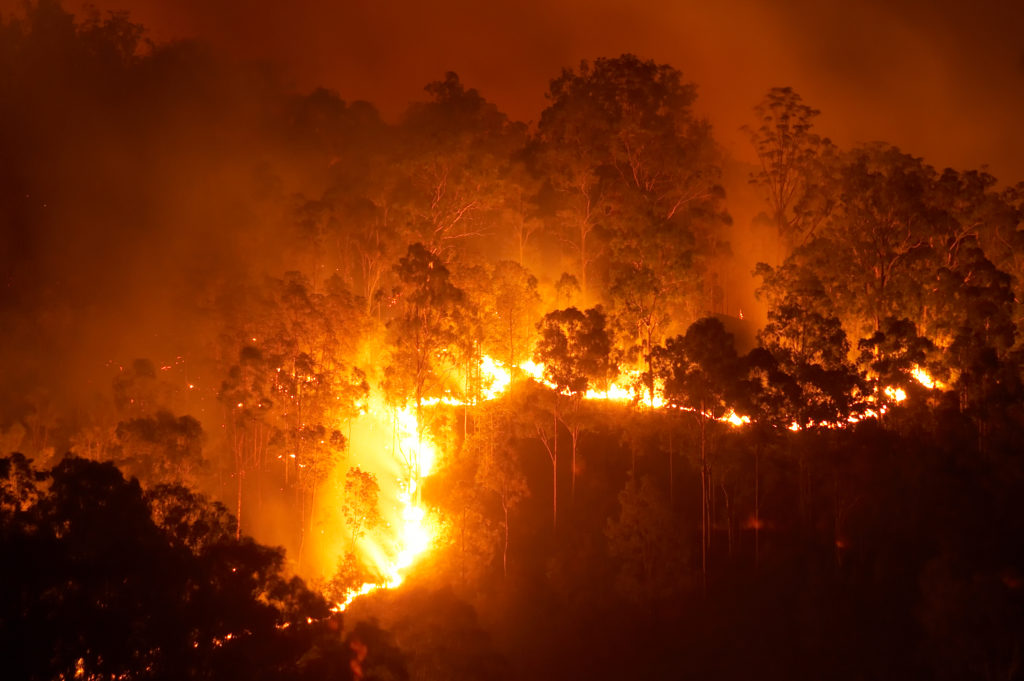Just How BAL Report Impacts Shrub Fire Protection Steps
In the world of bush fire defense, the Building Strike Degree (BAL) report stands as an important tool that dramatically influences the safety and durability of homes in fire-prone areas - BAL Report. The effect of a BAL assessment extends far past plain paperwork; it functions as the keystone for identifying the ideal construction standards and fire defense actions required to reduce the threats postured by bushfires. As communities come to grips with significantly extreme fire periods, understanding how the BAL report shapes these protective steps comes to be paramount for home builders, policymakers, and home owners alike
Comprehending the Bushfire Assault Level

Importance of BAL Report Analysis

Additionally, the BAL record analysis works as a fundamental action in following legal obligations and requirements associated with bushfire protection. Local councils and authorities typically mandate the submission of a BAL report as part of the preparation and building approval procedure to make certain that homes are sufficiently secured versus bushfire dangers. Stopping working to conduct a thorough BAL record evaluation can lead to insufficient defense measures, leaving residential or commercial properties vulnerable to ruining bushfire cases.
Building Specifications Based on BAL
A comprehensive understanding of the Bushfire Strike Degree (BAL) enables home owners to implement construction criteria customized to their details threat account. Building standards based on BAL are crucial in mitigating the impact of bushfires on residential properties. The BAL score categorizes the possible danger a residential property deals with throughout a bushfire on a range from BAL-Low to BAL-FZ (Flame Area)
Applying Fire Defense Procedures
With the structure of construction standards based on Bushfire Assault Level (BAL) in area, the emphasis currently moves in the direction of the practical execution of fire defense actions to strengthen residential properties against bushfire hazards. Carrying out fire protection procedures involves a mix of passive and energetic methods to enhance the durability of structures in bushfire-prone areas. Passive actions include utilizing fireproof building materials, mounting cinder guards on vents, securing gaps in walls and roof coverings, and preserving a clear room around the residential property totally free from combustible Source greenery. Energetic actions encompass having firefighting tools conveniently available, such as hose pipes and water pumps, along with developing a defendable room around the home by getting rid of vegetation and having a well-maintained garden. Additionally, establishing a discharge strategy and ensuring all locals understand emergency procedures are vital parts of reliable fire security actions. By integrating both passive and active strategies, buildings can considerably reduce their vulnerability to bushfire events and boost the security of passengers.
Safeguarding Residences Against Bushfires
Effectively securing homes against the devastating effects of bushfires calls for a positive and comprehensive strategy to fire protection actions. Property owners staying in bushfire-prone areas have to prioritize the application of numerous techniques to improve their property's strength versus wildfires. One fundamental element is developing a defensible space around the home by keeping a clear zone free of combustible products. This consists of routinely trimming plants, getting rid of dead plants, and guaranteeing a risk-free distance in between frameworks and trees. Setting up fireproof roofing materials can likewise substantially lower the danger of coal attacks and direct fire call. In addition, securing voids and vents to avoid ember intrusion, along with incorporating fireproof windows and doors, can aid strengthen the home's protection against bushfires. Buying a trusted water resource, such as a properly maintained automatic sprinkler or a committed water tank, is essential for supplying water during fire emergency situations - BAL Report. By accepting an aggressive position and incorporating these protective steps, property owners can significantly enhance their chances of safeguarding their homes versus bushfires.
Conclusion
In conclusion, the Bushfire Strike Level (BAL) report plays a critical duty in determining the necessary security actions versus bushfires. Executing fire security actions based on the BAL record is essential in guarding buildings from prospective bushfire risks.
In analyzing bushfire risk to residential properties, comprehending the Bushfire Attack Level (BAL) is a crucial element for carrying out efficient defense measures. Overall, a clear understanding of the Bushfire Strike Level is vital for executing appropriate security steps and reducing the effect of bushfires on residential properties.